Home Office Productivity: designing the perfect workspace
Welcome to the new era of work—a landscape transformed by the rise of remote work, offering flexibility and freedom like never before. While this shift brings many benefits, it also comes with its set of challenges. One such challenge is creating a work environment that’s not just functional but also boosts your home office productivity. That’s right; we’re talking about designing the perfect home office.
Have you ever wondered why some people seem to be extraordinarily productive while working from home, while others struggle to focus? More often than not, the secret lies in the work environment they’ve crafted for themselves.
Our objective here is clear: To guide you through the intricate maze of decisions and choices that lead to creating a home office that is not just visually appealing but also a productivity powerhouse. From the psychology of space to the nitty-gritty of ergonomics, we’ll cover it all.
So, buckle up. Let’s take the first step towards building a home workspace that turns you into a productivity machine.
BTW, if you missed my last article on productivity software, you can check it out here.
The Psychology of Space: Setting the Stage for Productivity
Ever walked into a room and felt instantly at ease, or perhaps energized? That’s not magic; it’s psychology. The spaces we inhabit have a profound impact on our mental state, affecting everything from mood to focus. When it comes to your home office, understanding the psychology of space is not just advisable—it’s essential. It sets the stage for productivity, creating a mental boundary between ‘work mode’ and ‘home mode.’
Environmental Psychology: The Unsung Hero
The field of environmental psychology delves deep into how our surroundings affect us. According to experts, everything from the color on the walls to the arrangement of furniture can influence our behavior and performance. James Clear, the author of the bestselling book “Atomic Habits,” sums it up well: “Your environment shapes your behavior.” This idea is not just theoretical; it’s backed by rigorous scientific research.
The ‘Third Space’ Theory
A fascinating concept to understand is the ‘Third Space’ theory by sociologist Ray Oldenburg. He suggests that our lives are enriched by three types of places: the ‘first space’ (home), the ‘second space’ (work), and the ‘third space’ (community venues like cafes or parks). A home office blurs the lines between the first and second spaces, which is why it’s so important to get it right. It needs to be a zone that encourages productivity while offering the comforts of home.
Personalization: Make It Yours
Creating a productive environment doesn’t mean it has to be sterile. In fact, personalizing your workspace can have a tremendous impact on how productive you feel. A study from the University of Exeter found that people were 32% more productive when given the freedom to decorate their workspace. So go ahead, add that family photo or inspirational quote. It might just be the productivity boost you need.
List: Key Elements Influencing Space Psychology
- Color: Blues and greens are calming; yellows are energizing.
- Layout: A clutter-free desk promotes a clutter-free mind.
- Personal Items: Small tokens can make a big difference in your mood.
- Lighting: Natural light is the best, but if not possible, opt for warm, indirect lighting.
- Temperature: A slightly cool room can help you stay alert.
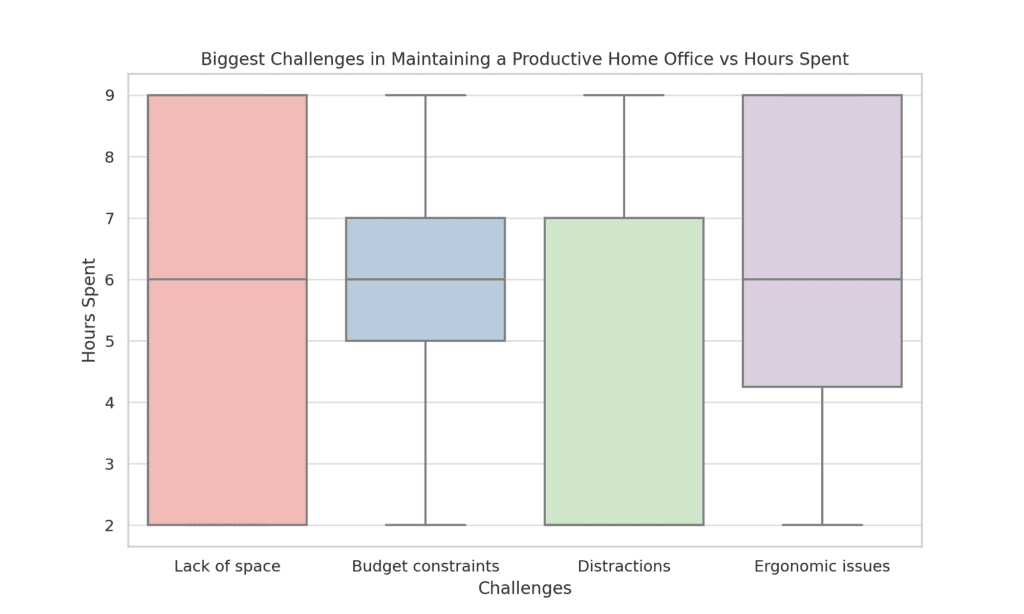
Anchoring and Mental Zoning
Finally, let’s talk about the power of ‘anchoring’ your space. Anchoring refers to the practice of assigning specific tasks to specific areas. For example, if you always make calls at a particular spot in your room, your mind will start associating that spot with phone calls, making it easier to get into ‘call mode’ when you sit there.
Case Study: Sarah, a remote project manager, struggled with focus until she divided her home office into zones: one for deep work, one for meetings, and one for casual brainstorming. This zoning drastically improved her efficiency, proving that a well-thought-out space can make all the difference.
In a nutshell, understanding the psychology of space is your first step toward a productive home office. It’s not just about furniture and gadgets; it’s about creating an environment that mentally prepares you for success.
The Importance of Location: Picking the Right Spot
You’ve heard it a million times in the context of real estate: “Location, location, location!” Well, guess what? The same principle applies to your home office. The spot you pick for your workspace is more than just a physical location; it’s the foundation on which you’ll build your productivity empire. So, let’s delve into why location matters and how to strike the perfect balance between convenience and isolation.
The Ripple Effect of a Good Location
A well-chosen location can have a ripple effect on multiple aspects of your work. Take noise, for example. A quieter space leads to fewer distractions, which in turn leads to better focus and higher productivity. The reverse is equally true. A noisy, chaotic environment can wreak havoc on your ability to concentrate.
Quote: “Where you work affects how you work. Working in a cluttered, messy, or distracting environment will affect your work, and probably in a negative way.” – Mark Zuckerberg, co-founder of Facebook.
Convenience vs. Isolation: The Tightrope Walk
Convenience is tempting. Setting up shop close to the kitchen or living room might seem like a great idea, but beware the pitfalls. These areas are often high-traffic, filled with distractions that can quickly derail your focus. On the flip side, extreme isolation could make you feel disconnected and even lead to a sense of loneliness. The key is to find a happy medium—a location that’s easily accessible yet separated enough to serve as a dedicated workspace.
Table: Factors to Consider for Location Balance
| Factor | Convenience | Isolation | Balanced Tip |
|---|---|---|---|
| Proximity | Near amenities | Far from noise | Choose a spot away from high-traffic areas but close enough to essential amenities like a bathroom. |
| Accessibility | Easy to reach | Hard to reach | Make sure the location is easily accessible but not so much that it invites constant interruption. |
| Distractions | High | Low | Aim for a location where household distractions are minimized. |
Case Study: The Closet Office Transformation
Meet Emily, a freelance writer who faced a unique challenge: limited space. Living in a one-bedroom apartment didn’t offer her the luxury of a separate room for an office. However, she had a spacious closet that was mostly unused. With a little creativity and some DIY skills, Emily transformed this closet into a productive haven.
She installed a fold-down desk, added some LED strip lights, and even managed to fit in a small whiteboard. The closet doors served as a physical boundary, allowing her to ‘shut out’ distractions when needed. This transformation not only gave her a dedicated workspace but also skyrocketed her productivity. Emily’s story is a testament to the power of location, even if that location is unconventional.
List: Tips for Unconventional Spaces
- Maximize Vertical Space: Use shelves to make the most of limited square footage.
- Multi-Functional Furniture: Opt for pieces that serve multiple purposes to save space.
- Lighting Matters: In smaller or unconventional spaces, good lighting can make a world of difference.
- Door as a Boundary: Use the door as a physical ‘do not disturb’ sign.
In summary, the location of your home office is not a trivial choice. It’s a decision that influences your daily work life, affecting everything from your mental well-being to your professional output. Take the time to pick a spot that offers the best of both worlds: convenience and isolation, without sacrificing productivity.
Ergonomics: Your Backbone to Productivity
Let’s cut to the chase: Ergonomics are non-negotiable. Full stop. In the long run, overlooking ergonomics can lead not only to reduced productivity but also to physical ailments like back pain, neck strain, and even repetitive stress injuries. If you’re investing in a home office, ergonomics should be at the top of your list.
The Science Behind Ergonomics
At its core, ergonomics is the science of designing workspaces to fit the user, rather than forcing the user to fit the workspace. It’s a field that has been studied exhaustively, and for good reason. A poorly designed workspace can cause discomfort or health issues, which will inevitably impact your work performance.
Quote: “Ergonomics is not about sitting still; it’s about movement.” – Alan Hedge, professor of ergonomics at Cornell University.
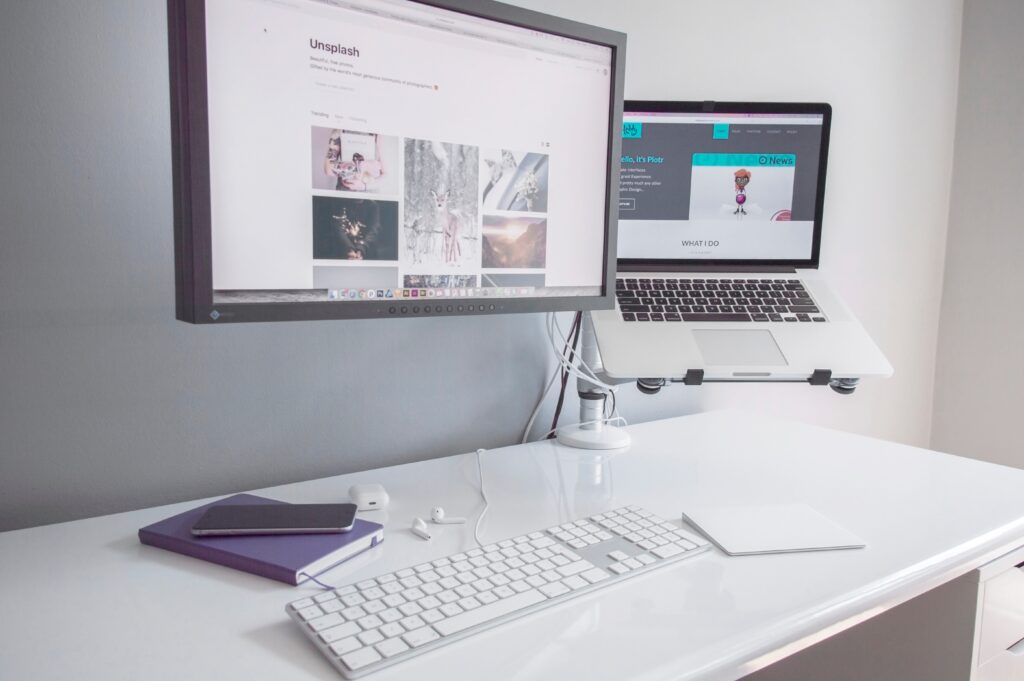
The Bare Essentials: Basic Principles
When it comes to basic ergonomic principles, it’s all about alignment and movement. Your eyes should align with the top of your computer screen. Your feet should be flat on the ground. Your back should be well-supported. And don’t forget to move! Even the most ergonomic setup can’t combat the ill effects of sitting for extended periods.
Table: Basic Ergonomic Principles
| Principle | Why It’s Important | Tips |
|---|---|---|
| Screen Height | Reduce neck strain | Top of the screen at eye level |
| Chair Support | Minimize back pain | Adjustable backrest for lumbar support |
| Desk Height | Keep arms relaxed | Desk height that allows elbows at a 90-degree angle |
| Movement | Counteract long sitting | Stand up or walk briefly every 30 minutes |
List: Essential Ergonomic Tools
- Adjustable Chair: Allows for customization to fit your body’s needs.
- Sit-Stand Desk: Offers the flexibility to switch between sitting and standing.
- Footrest: Helps maintain proper posture when your feet can’t reach the ground.
- Keyboard and Mouse Placement: Keep these at elbow height to minimize arm strain.
Case Study: Meet Mark, a software developer who initially overlooked ergonomics and paid the price with chronic back pain. After consulting a physiotherapist, he invested in an ergonomic chair and a sit-stand desk. Within weeks, not only did his back pain subside, but he also noticed a significant uptick in his productivity. Mark’s story is a cautionary tale that underscores the vital role ergonomics play in work efficiency and overall well-being.
In conclusion, ergonomics isn’t just a buzzword; it’s the backbone of productivity. A well-designed, ergonomic workspace can drastically improve your comfort, health, and, yes, your work output. Make the smart choice: Don’t cut corners on ergonomics.
The Role of Technology: Essential Gadgets and Software
In today’s digitized world, technology isn’t just an add-on; it’s an integral part of any workspace. As Tim Ferriss, the productivity guru, aptly puts it: “Technology empowers us to do more, to be more productive.” But it’s not just about having tech; it’s about having the right tech. Your choice of gadgets and software can make the difference between a seamlessly productive day and one filled with minor irritations that add up.
Why Tech Tools are Non-Negotiable
The importance of tech tools in a home office setup cannot be overstated. These tools can automate mundane tasks, facilitate communication, and generally make your life easier. Think about it: How much time would you save if you didn’t have to sort through emails manually? Or if you could instantly block out distracting noise? That’s the kind of efficiency technology offers.
The Must-Haves: Gearing Up for Productivity
When it comes to gadgets and software, the options are endless, but not all are equally beneficial. Your focus should be on tools that align with your specific needs and contribute directly to your productivity.
Table: Must-Have Tech Tools
| Tool Type | Examples | Benefits |
|---|---|---|
| Software | Slack, Asana | Streamlines communication |
| Hardware | Noise-cancelling headphones, webcam | Enhances work quality |
| Extras | Smart plugs, Virtual Assistant | Adds convenience |
List: Additional Tech Tools Worth Considering
- Digital Pen: For those who like to jot down notes.
- External Monitors: For multi-tasking pros.
- Quality Microphone: Essential for clear communication during virtual meetings.
- VPN Service: For secure internet browsing.
Case Study: Jennifer, a digital marketer, was initially skeptical about investing in a high-quality webcam. However, after making the switch, she noticed a considerable difference in the quality of her client meetings. Her clients found her more professional, and the better video quality allowed for more nuanced communication. This seemingly small upgrade had a big impact on her business relationships and, ultimately, her bottom line.
In a nutshell, technology is more than just bells and whistles for your home office; it’s the engine that drives productivity. The right combination of software and hardware can streamline your workflow, elevating your efficiency and effectiveness. So, invest wisely and make technology your ally in conquering the workday.
Aesthetics: Creating a Visually Inspiring Space
Ah, aesthetics—the often underrated element that can transform your home office from a mere functional space to an inspiring sanctuary. While ergonomic furniture and tech gadgets might form the skeleton of a productive workspace, it’s the aesthetics that give it soul. Let’s talk about how the right colors, decor, and ambiance can elevate not just your office’s look but also your day-to-day productivity.

The Color Factor: More Than Just Eye Candy
Colors have psychological effects that go beyond mere preference. For instance, blues and greens are known to have a calming influence, while colors like red and yellow can energize a space. Research by the University of Texas even found that bland colors like white, beige, and gray can induce feelings of sadness. So, when picking a color palette, consider the emotional and psychological impact it will have.
Decor: Personalize to Energize
A sterile, impersonal space can drain your energy. Personalizing your workspace with decor that resonates with you can make a tremendous difference. Think wall art, inspirational quotes, or even a vision board. According to Psychology Today, the objects you love could indeed boost your job performance.
Ambiance: The Subtle Power of Senses
Never underestimate the power of ambiance. A pleasant scent from a diffuser or the soft undertones of instrumental music can set the mood for a productive day. Websites like A Soft Murmur offer ambient sounds that can enhance concentration. Plants can also improve air quality and bring a touch of nature into your workspace, as highlighted by NASA’s Clean Air Study.
List: Quick Aesthetic Upgrades
- Wall Art: Choose pieces that inspire or calm you.
- Plant Life: Small potted plants can enliven any space.
- Desk Accessories: Think functional but stylish—pen holders, notebooks, etc.
- Textiles: A comfy rug or throw can add warmth to your office.
Table: Color Choices and Their Psychological Effects
| Color | Psychological Effect | Ideal For |
|---|---|---|
| Blue | Calming | Deep work, concentration |
| Green | Balancing | General office setting |
| Yellow | Energizing | Creative tasks |
| Red | Stimulating | Tasks requiring urgency |
Case Study: Let’s take Alex, a graphic designer, who recently revamped his home office aesthetics. He opted for a blue and green color scheme, added some wall art of his favorite artists, and included a few plants. Not only did his workspace become visually appealing, but Alex also reported a significant increase in his productivity levels and overall work satisfaction.
In conclusion, aesthetics are far from superficial when it comes to your home office. A well-thought-out, visually inspiring space can have tangible benefits, from boosting your mood to enhancing your work performance. Don’t skimp on this aspect; let your workspace be a reflection of your personal style and professional aspirations.
Conclusion: Your Blueprint for a Productive Home Office
If you’ve made it this far, congratulations! You’re now equipped with a wealth of knowledge to transform your home office into a productivity powerhouse. But remember, knowledge is just the first step; implementation is the key. You’ve got the blueprint; now it’s time to start building.
The Importance of a Holistic Approach
Let’s recap: A truly productive home office is the sum of its parts, each as crucial as the other. It’s not just about high-speed internet or an ergonomic chair, although those are essential. It’s about creating a cohesive environment where the psychology of space, the practicality of location, the backbone of ergonomics, the efficiency of technology, and the inspiration of aesthetics come together in a harmonious blend.
Taking Action: Your Next Steps
You have the guidelines, but what about the action plan? Here’s a quick rundown of what you should focus on:
- Location: Choose a spot that strikes a balance between convenience and isolation.
- Ergonomics: Invest in quality furniture and keep basic ergonomic principles in mind.
- Technology: Prioritize tools that streamline your workflow and improve work quality.
- Aesthetics: Personalize your space with colors, decor, and ambiance that resonate with you.
Cluster Posts to Look Forward To
Still thirsty for more? Keep an eye out for our upcoming cluster posts that will dive deeper into each of these aspects:
- “The Essential Home Office Gadgets for Every Remote Worker”
- “The Role of Ergonomics in Boosting Productivity”
- “Why Good Lighting is Crucial for Your Home Workspace”
- “Choosing the Right Desk and Chair for Long Work Hours”
Your Productivity Journey: A Lifelong Commitment
Productivity is not a destination but a journey, one that requires constant tweaking and adjustments. The beauty of a home office is that it’s your personal space, a lab where you can experiment to find the formula that works best for you.
Quote: “Productivity is never an accident. It is always the result of a commitment to excellence, intelligent planning, and focused effort.” – Paul J. Meyer, founder of the personal development industry.
Final Thoughts: The Bigger Picture
In the grand scheme of things, your home office is more than just a physical space; it’s a representation of your professional aspirations and personal values. So, don’t just make it a place where work gets done; make it a space where your best work happens.
In summary, building the perfect home office is not just an exercise in interior design; it’s an investment in yourself. Whether you’re a remote employee, a freelancer, or someone embarking on a new entrepreneurial journey, a well-designed home office can be your secret weapon for achieving unparalleled productivity and work-life balance.
And there you have it—the ultimate guide to designing a home office that maximizes productivity. Now it’s over to you. Roll up those sleeves and get started on creating a workspace that not only meets but exceeds your expectations. Happy building!
For more articles on productivity related themes please visit my website!

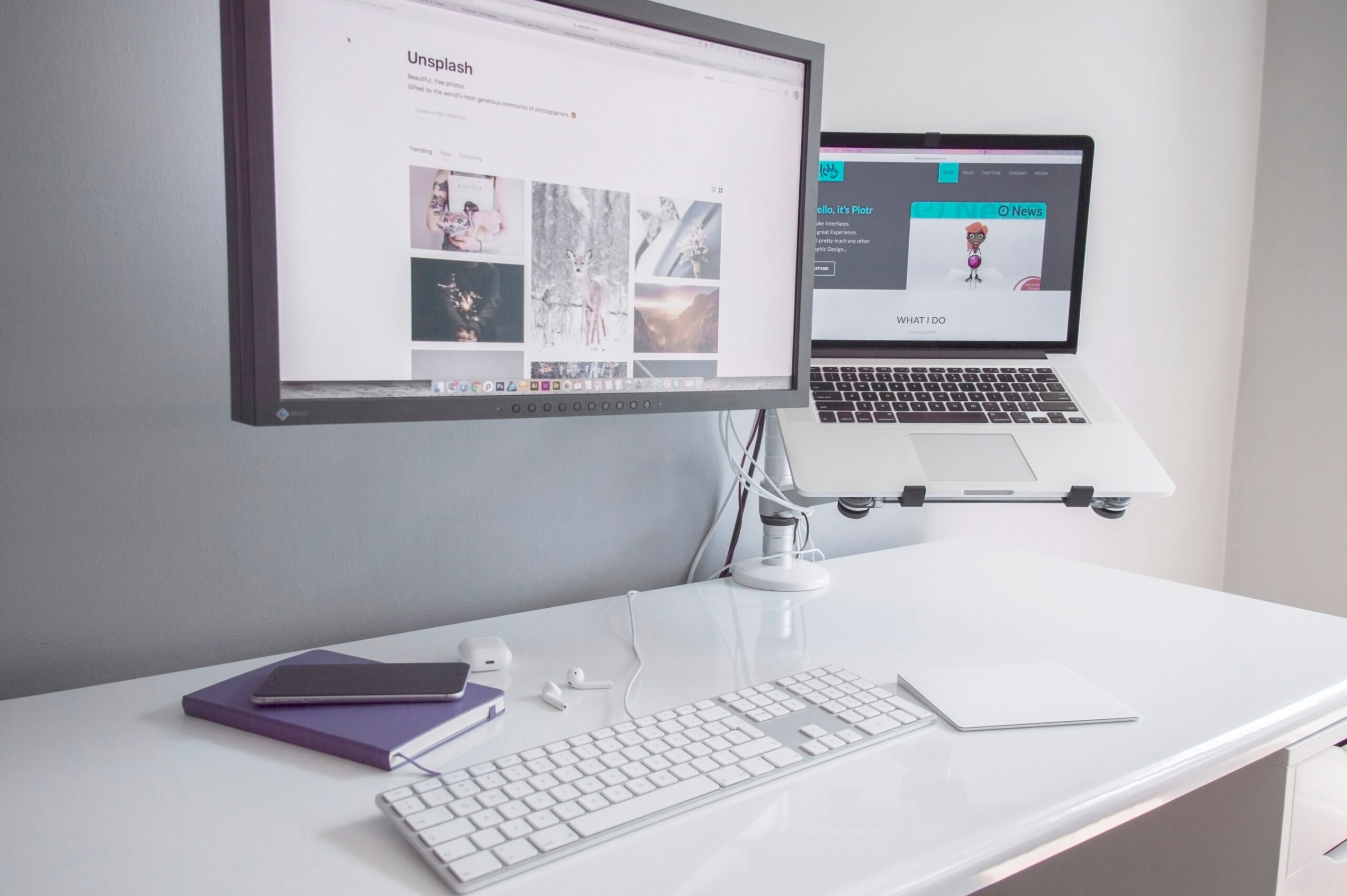
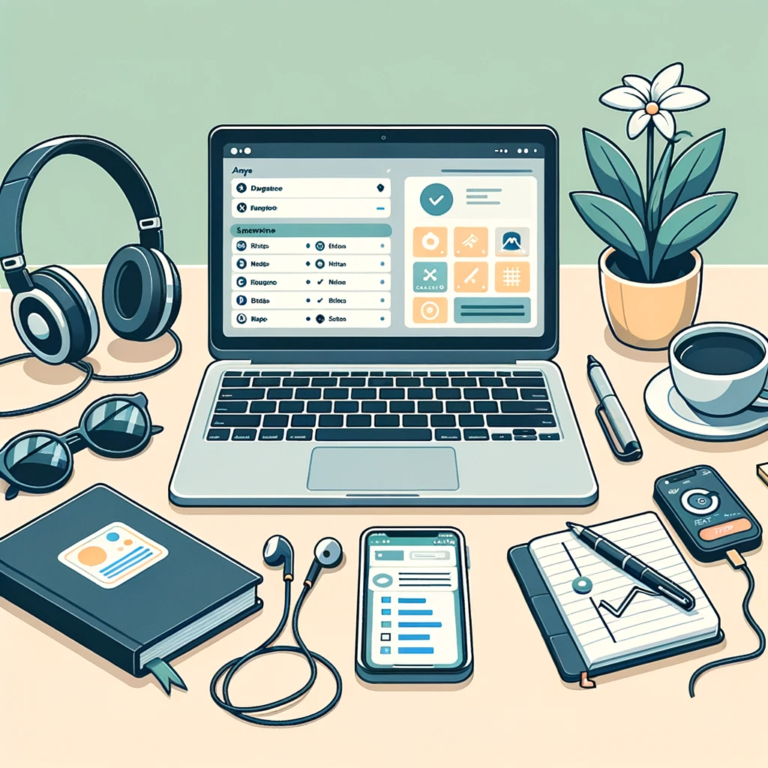




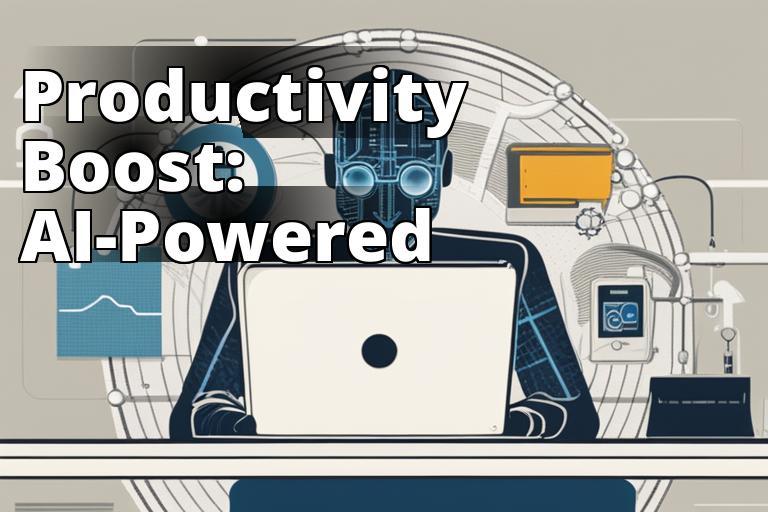
4 Comments
Comments are closed.